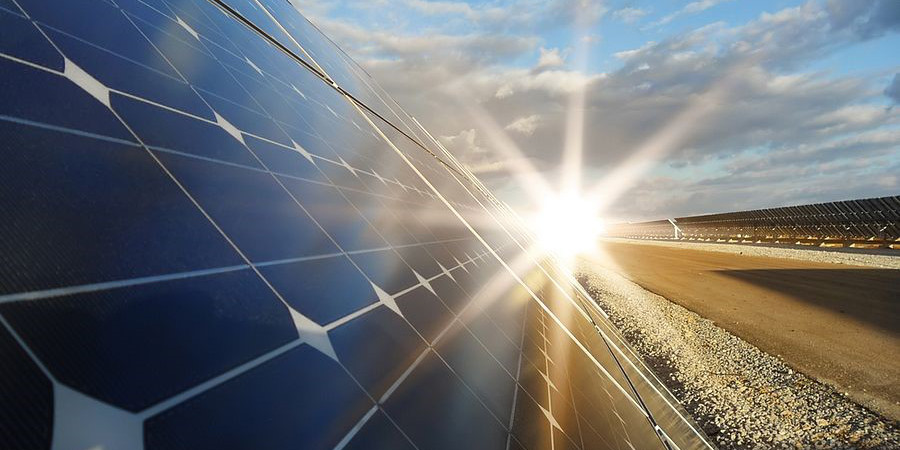As part of its aggressive PV push under the National Solar Mission, the Ministry of New and Renewable Energy has launched an ambitious plan to implement 23 GW of grid-connected ‘ultra mega’ solar projects in the Leh and Ladakh areas of Jammu and Kashmir.
Phase I of the plan involves 2.5 GW of PV capacity in the Kargil region, and 5 GW in Leh district.
According to the Solar Energy Corporation of India (SECI) website, the scope of work will involve setting up projects, along with the power evacuation infrastructure of substations and transmission lines to the drawl point. The projects could be set up in the Pang region in Leh and the Zangla region in Kargil. The drawl point for the 2.5 GW project will be in New Wanpoh while Hisar will host one for the 5 GW scheme.
The request for selection document is likely to be issued by December 15. A single tender will be issued for the selection of project developer, which will be responsible for the setting up of the project and power evacuation infrastructure, SECI’s November 30 circular states.
Government returns to Leh-Ladakh
‘The Land of High Passes’, Leh-Ladakh is an high-altitude cold desert region of Jammu and Kashmir extending from the Kunlun mountain range to the Himalayas in the south. It is a solar rich region, with an average direct normal irradiance, of 5.43 kWh/m²/day, and Ladakh is a prime spot for solar thermal applications. Some areas of Leh-Ladakh boast solar insolation of around 1,200 W/m².
In February, Minister for Coal and Railways Piyush Goyal asserted the government should reassess the Leh-Ladakh solar power generation program, bearing in mind the falling cost of generating power.
Speaking at the seventh Indian Energy Congress, Mr. Goyal said: “We could possibly re-look [at] the Leh-Ladakh program. We had aborted that, despite it giving a very good plant load factor, because of the high transmission cost. At the lowered cost of solar power generation, we could re-examine the project and now be able to pay a little more on transmission charges. The landed cost will still be very attractive in the long run. It could also give power for probably a little longer duration, considering the hours of sun the region has.”
This content is protected by copyright and may not be reused. If you want to cooperate with us and would like to reuse some of our content, please contact: editors@pv-magazine.com.








By submitting this form you agree to pv magazine using your data for the purposes of publishing your comment.
Your personal data will only be disclosed or otherwise transmitted to third parties for the purposes of spam filtering or if this is necessary for technical maintenance of the website. Any other transfer to third parties will not take place unless this is justified on the basis of applicable data protection regulations or if pv magazine is legally obliged to do so.
You may revoke this consent at any time with effect for the future, in which case your personal data will be deleted immediately. Otherwise, your data will be deleted if pv magazine has processed your request or the purpose of data storage is fulfilled.
Further information on data privacy can be found in our Data Protection Policy.